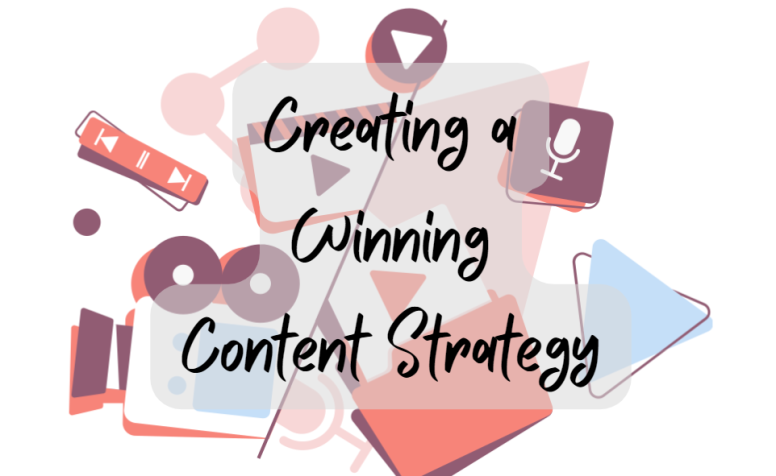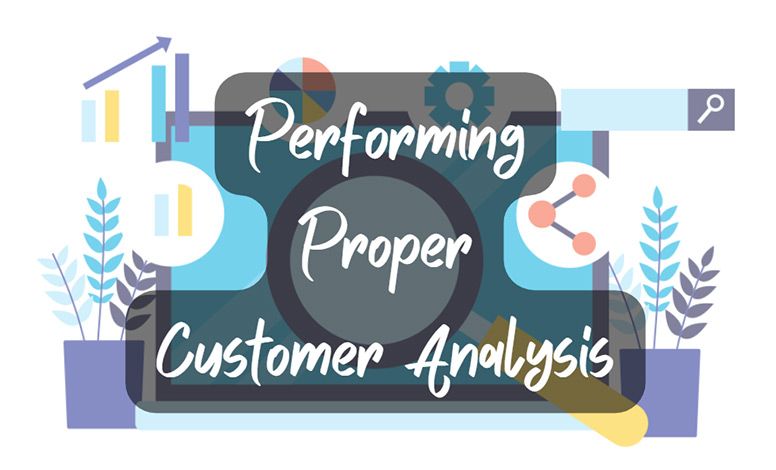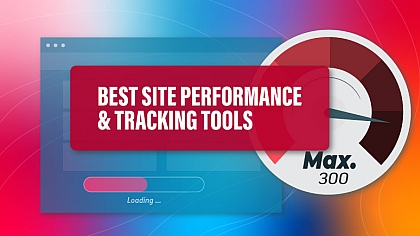
Tips to Create a Winning Content Strategy
A content strategy is defined as the plan or approach that an individual or a group takes when creating, optimizing, publishing, monitoring, and updating a piece of content. In the most general of senses, a content strategy can apply to pretty much every type of content i.e., be it images, videos, podcasts, recordings, and whatnot.
But, for the most part, the word ‘content strategy’ is used for written content such as blogs, emails, and newsletters.
Having a sound and solid content strategy is necessary, regardless of the type of content you’re planning on creating using it. Without one, the whole creation process, as well as the phases following it, can be a big mess. In this post, we’re going to be looking at some tips that you can follow to create a winning content strategy.
Tips to Follow When Creating a Content Strategy
It has to be remembered that a content strategy is usually very extensive and broadly encompassing. In other words, there are a lot of different things that it usually contains. The point of mentioning this is that while we can offer some tips for creating a content strategy, we can’t offer all of them.
The tips we’re going to mention have to be taken in, say, an assistive capacity. While we’ll try to be comprehensive, we can’t cover everything…unless we’re writing a book.
With that out of the way, let’s get started.
1. Perform Detailed Customer Analysis

One piece of content backed with proper customer analysis is better than a whole bunch of content written without customer analysis.
In the context of content creation, customer analysis can be referred to as the process of garnering information about the potential consumers of the content and then utilizing it for the creation of the same. There are a lot of things that have to be written differently depending on the reader.
For example, if the readers of a particular piece of content are teenagers and young adults, adding a little slang here and there would look just fine. But doing the same wouldn’t be that advisable if the audience happens to include middle-aged individuals.
There are different ways in which you can conduct customer analysis. For one, you can try…
1. Do online surveys to find out what type of people are most likely to read your content and/or be interested in the niche you’re targeting.
2. Using analytical tools like Ubersuggest and Ahrefs to find out where your niche’s keywords are most searched. This can be useful if you are trying to narrow down which geographic segment you have to target.
3. Using previously published resources and materials online to find out about the approach you should adopt when using content to promote your particular services/products.
4. Using the visitors’ metrics and statistics on your website to find out which regions your visitors mostly belong to. You can also use these statistics to find out the times that your visitors are most likely to visit your site. You can get these types of metrics somewhat easily if you’re using CMSs like WordPress.
And the list goes on. Mind you, if this post was particularly about how to conduct customer analyses, we could have and would have expounded a little more about the above.
Our point here is to help you understand and realize that conducting proper customer analysis is a necessary part of a good content strategy. As far as how you do it, that depends on what your brand/business is and what type of content you’re planning on making.
2. Lay Down Some Ground Rules…and Follow Them!

Okay, so technically, the content creation strategy itself is a set of ground rules. But, at this point, we’re referring to laying down rules for the content creation phase.
Once you’re done with the customer analysis, you have to get down to creating the content itself. And to make sure that this process goes smoothly, you have to organize things a little.
a. Setting a criterion for topic/idea selection
The first thing that comes in pretty much every content creation process is the idea/topic selection. To ensure that all of your content is high quality, you need to be careful and “picky” during this phase.

You have to take care to pick topics and ideas that are useful and valuable to your readers. Similarly, you should aim to pick topics that are relevant to the services/products you provide and somewhat lend to the promotion of the same.
Of course, depending on the type of content you’re looking to create, this phase could be somewhat different.
b. Setting down guidelines for the actual content creation itself
Now, it’s not going to be very practical if we talk about this part in a general sort of way. To explain this one better, let’s assume that we’re talking about the creation of written content.

So, when the idea/topic has been finalized, the next thing that you have to do is get started with creating the content itself. For this part, you have to set down specific guidelines. The benefit of setting down guidelines for creating the content is that:
1. You can proceed with the process without any delays or hitches every time;
2. And you can produce the same types of results over and over again since the process is standardized (i.e., by the guidelines)
Since we’re going to be talking about this part in terms of written content, some guidelines that you can set out include rules that…
1. Govern the formatting and writing style of the content. For example, you can chalk out the font style, font size, spacing, margins, headings, section headings, etc., of the content.
2. Govern the type of elements that have to be included in the content as well as the stuff that has to be excluded. For example, you can lay down the rules about the inclusion of things such as charts, tables, and the like.
3. Govern the tone and style that has to be followed when writing the content.
And so on.
c. For the Optimization Phase
Just as you have to set down rules for the topic selection and the actual writing phase, in the same way, you have to set down rules for what happens once the content is written i.e., the optimization.

Some things that you can consider doing in the optimization phase include:
1. Checking for grammar and spelling errors in the content and removing them.
2. Checking for readability issues in the content and resolving them.
3. Adding images and graphics where possible.
4. Checking for plagiarism and taking care of it.
As far as checking for grammar errors and adding images is concerned, the process is somewhat straightforward. However, fixing readability and plagiarism can be a bit trickier.
If you want a quick solution to make your content easier to read while at the same time getting free from plagiarism, you can try using the paraphrasing tool. Paraphrasing tools make different types of changes to the content without altering the original meaning. In doing so, they can remove any resemblance the content may have to material already existing online.
As far as resolving readability issues goes, it is also achievable by online paraphrasing. However, this is not in the capacity of just any tool. Rather, you have to be careful about picking a smart and intelligent AI-based one. Such a tool will be able to make changes that improve the readability of the content.
3. Be Selective About the Publishing Process

The publishing part is also an important element of the content strategy. You have to be careful about where you publish the content when you publish it, and how you publish it.
1. When it comes to the “where,” you have to pick out the proper channels for your content. In other words, you have to pick the places and the avenues where you think it will be able to perform well. Some examples of such avenues include social media, blogs, websites, and the like.
2. When it comes to the “when,” you have to be careful about picking such a time for publishing that will be opportune for the spread and growth of the content. a small example of this would be to publish your content during the daytime when it would be likely to be viewed and shared.
3. When it comes to the “how,” this would involve the things that you have to be careful about when publishing the content itself. For example, you’d have to set the right tags and categories, etc., if you are going to publish a blog.
4. Evaluate and Learn from the Performance of Your Content

Once you publish your content, you shouldn’t just sit back and relax. Rather, you should keep an eye on how well it is performing. There are several different analyses that you have to do once you publish the content.
Firstly, you have to see how many views and clicks it gets in the initial time after getting published. If you see something unusually amiss, then there could be some issue with the publishing process.
If the views and clicks are normal, but there aren’t any likes or shares, then it means that your readers aren’t liking the content. This could be reflected in the comments as well. If you find some unsavoury comments about the content, then this will be confirmed.
If the views and clicks are normal, and the likes and shares are also high, then it means you’ve done the right thing vis-à-vis creating the content, optimizing it, and publishing it. In this scenario, you should preserve and standardize the process and use it in the future as well.
There are a lot of content creators in the world, and that means that there is a lot of content out there. If you want yours to stand out, you need to create and adhere to a strong content strategy. To get started, you can try out the tips that we’ve mentioned above.














